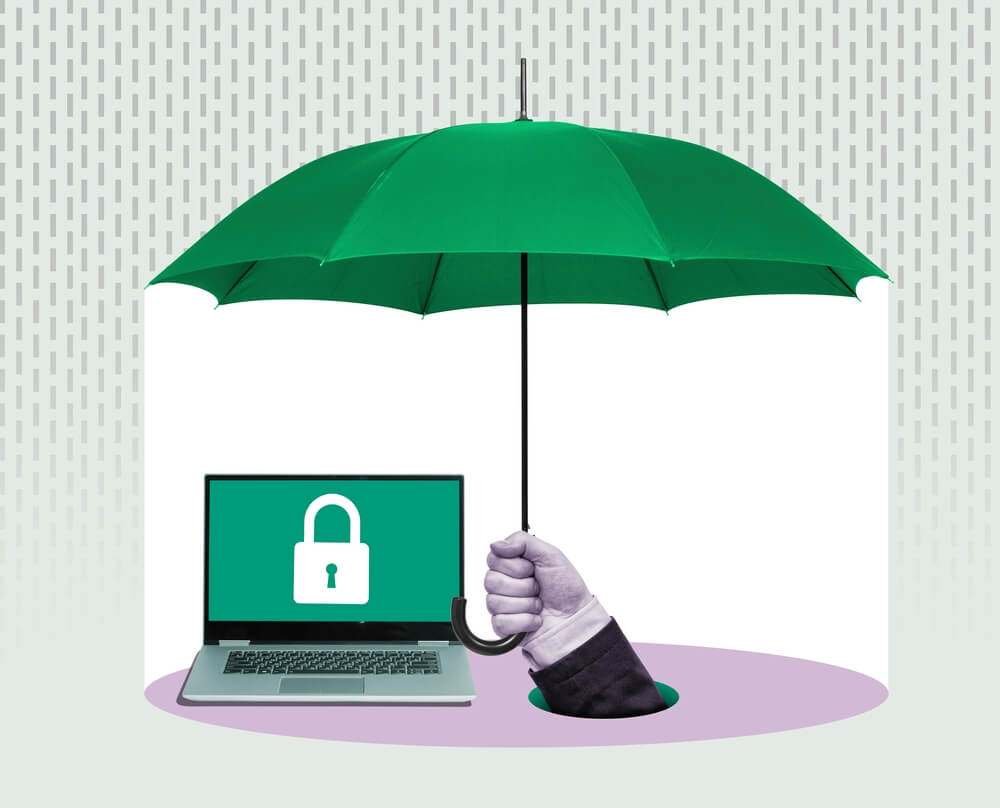
In an age defined by data breaches, ransomware attacks, and digital espionage, the insurance and premium finance industry is undergoing a profound transformation. The emergence of cybersecurity as a critical component of business strategy is reshaping the way insurance companies and premium finance providers operate. In this article, we’ll explore how cybersecurity is changing the landscape of these industries, from risk assessment to customer engagement.
- Mitigating Cyber Risks
The insurance industry has long been in the business of assessing and managing risks. However, with the growing threat of cyberattacks, insurers are now grappling with the task of underwriting policies for businesses in the digital age. Cybersecurity has become an integral part of risk assessment, allowing insurers to gauge a company’s vulnerability to cyber threats accurately. This, in turn, helps them tailor insurance policies to address specific cybersecurity risks.
- Enhanced Premium Pricing Models
Cybersecurity measures have a direct impact on premium pricing. Companies that invest in robust cybersecurity infrastructure can negotiate lower insurance premiums, as they are considered lower risk. On the flip side, organizations with inadequate cybersecurity measures may face higher premiums, reflecting their vulnerability to cyber threats. This dynamic pricing model encourages businesses to prioritize cybersecurity, thereby creating a safer digital landscape.
- Data Privacy Compliance
The insurance industry collects and stores vast amounts of sensitive customer data. The introduction of regulations such as GDPR and CCPA has made data privacy compliance a priority. Cybersecurity measures help insurers safeguard this data, ensuring compliance with regulations and avoiding hefty fines. Insurers that fail to protect customer data can face severe reputational damage and financial penalties.
- Cyber Insurance
The rise of cyber insurance policies is one of the most significant changes brought about by cybersecurity’s influence on the industry. These policies offer coverage for losses incurred due to cyberattacks and data breaches, including costs associated with investigation, recovery, and liability. The demand for cyber insurance has surged, with businesses recognizing the need for financial protection against digital threats.
- Real-time Monitoring and Incident Response
The insurance and premium finance industry is now equipped with advanced cybersecurity tools that provide real-time monitoring and incident response capabilities. These tools enable companies to detect threats as they happen and respond swiftly to mitigate potential damage. Such proactive measures are invaluable in preventing significant financial losses and preserving customer trust.
- Customer Engagement
In a world where trust is paramount, insurers and premium finance providers are using cybersecurity to enhance customer engagement. By demonstrating a commitment to safeguarding customer data, companies can build trust and credibility. This, in turn, fosters long-term relationships and customer loyalty.
- Collaboration and Information Sharing
As cyber threats continue to evolve, the insurance industry is embracing collaboration and information sharing. Insurers are working closely with cybersecurity experts, law enforcement agencies, and other stakeholders to stay ahead of emerging threats. This collaborative approach helps insurers refine their policies, develop better risk assessment models, and contribute to a safer digital ecosystem.
Conclusion
Cybersecurity is not merely a buzzword in the insurance and premium finance industry; it is a game-changer. It has forced businesses to reevaluate their approach to risk assessment, pricing, and customer engagement. With the digital landscape becoming increasingly complex, the role of cybersecurity in these industries will only continue to grow.
As customers and regulators demand stricter security measures, insurers and premium finance providers must adapt and innovate to stay competitive. The integration of cybersecurity into every facet of these industries is not only a necessity but also a strategic advantage. In the end, it’s a win-win scenario: businesses become more resilient to cyber threats, while customers can trust their insurance and premium finance providers to protect their interests in the digital age. The era of the digital fortress has arrived, and those who embrace it will thrive in the ever-evolving landscape of insurance and premium finance.


